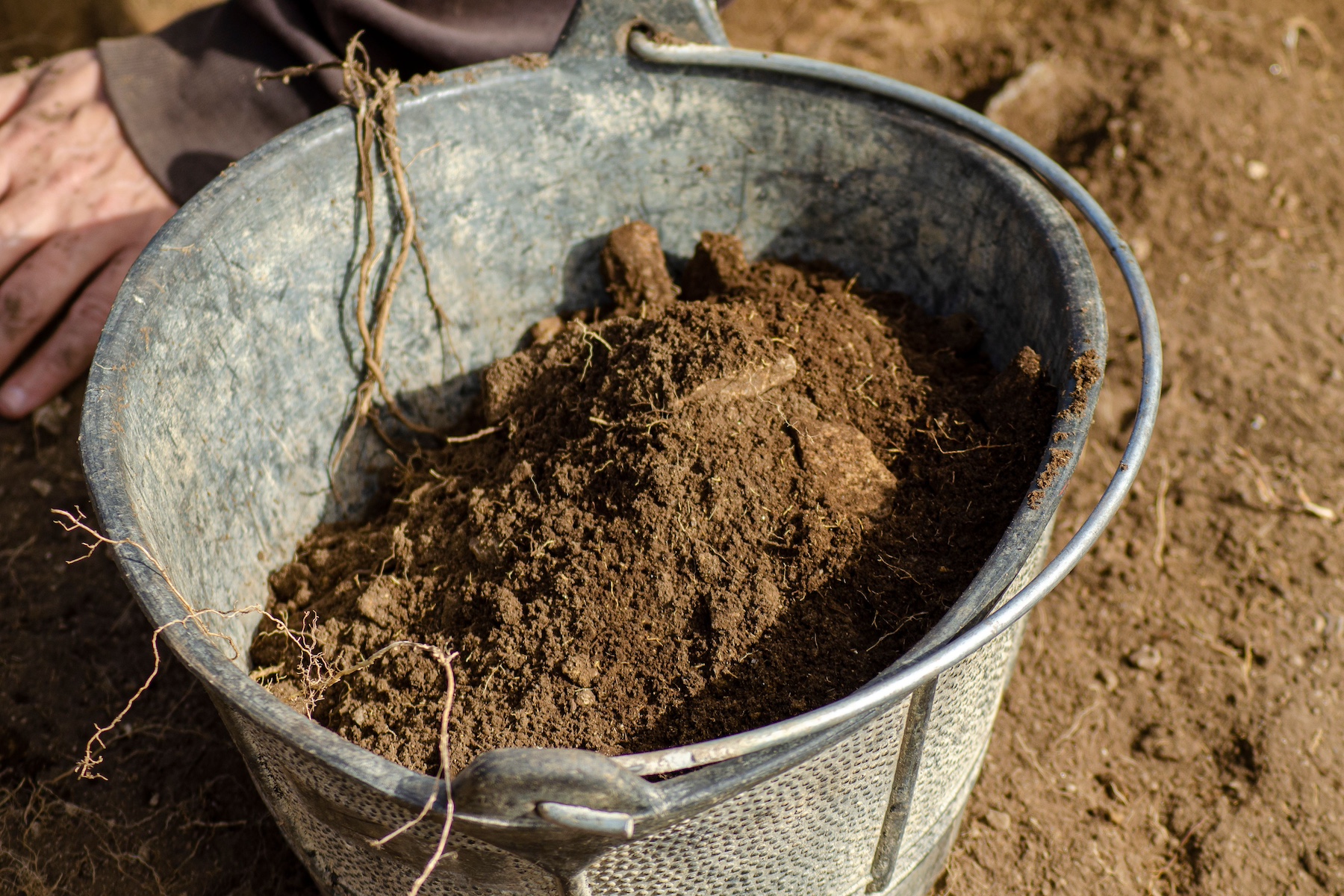Obituaries have been around for a long, long time. The earliest known obituaries date back to the 1600s. Two hundred years later it was common practice to publish an obituary for a loved one.
Publishing an obituary is still common practice today, however the way obituaries are created has changed. You can still publish an obituary in a newspaper, but you can also publish one online. Digital obituaries have a lot of advantages over the traditional obit that’s printed. They are low-to-no cost, you have more control over the publishing process and they are easy for someone to access and see from anywhere in the world.
Should you decide to do an obituary, this quick guide will help you create an online obit that you’ll want to share with others.
Choosing a Publishing Platform
There are numerous online platforms that can be used to create and publish an online obituary. Some examples of online obituary platforms include Ever Loved and Remembered.com.
But that’s just one option for publishing an online obituary. Other options include:
- Posting the obit as a remembrance on social media.
- Ask your funeral home or crematorium if they publish obituaries on their website.
- If your loved one belonged to a church, publish the obituary in their online newsletter or website.
- Military organizations’ websites, like the local VFW or American Legion Association.
Writing the Obituary
Unlike an obituary that’s in a print newspaper, digital obituaries aren’t restricted on the word count. But that doesn’t mean the obituary has to be long. You can make it whatever length you’d like. You have the freedom to discuss their life in as much detail as you want.
While you can write an obituary whatever way you want, there are some things to keep in mind so that you keep a deceased loved one’s identity safe:
- Never include the deceased’s last address (this includes memorial announcements)
- Don’t include their birth date.
- Don’t include the date of the death.
- Don’t include the location of the death.
- The deceased’s mother’s maiden name.
If you need help getting started there are services like Obituar that provide templates and walk you through the steps of getting the obituary online.
Adding Images (Sometimes as Many as You Want)
With a traditional obituary the family might be lucky to get one picture included. With a digital obituary you can add a number of images along with the write up. Sometimes you can upload as many photos as you want. Some platforms also allow you to upload videos, but these are often limited.
Use a more recent photo for the main image. It’s usually the first thing that is seen on an online obituary. If you plan to use photos that include other people you may want to consider getting their okay first, especially if they don’t publish pictures publicly on social media.
Asking Others to Add Their Remembrances
Another unique feature of digital obituaries is the capability of allowing others to add their own thoughts. Others that knew the deceased can add their condolences and remembrances. However, before you allow responses check to see what sort of controls you have. For example, you might want to have the ability to remove a person’s post or provide approval before it’s published.
Direct Cremation makes cremation services as simple and straightforward as a digital obituary. You can arrange services over the phone, and our team can handle the rest. We’re available by phone or text every day of the week.



